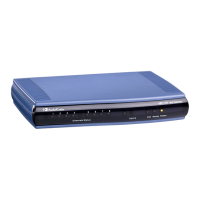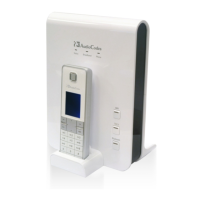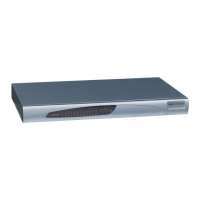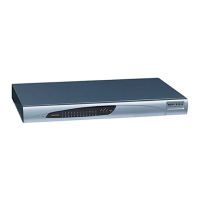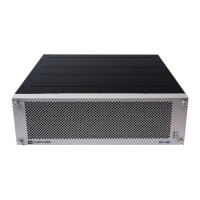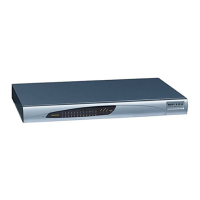CHAPTER68 Configuration Parameters Reference
Mediant 1000 Gateway & E-SBC | User's Manual
Parameter Description
The valid value is 0, or 2 to 100000, where 0 means
no timeout. The default is 15.
Note: You can also configure the feature per user in
the Local Users table (see Configuring Management
User Accounts), which overrides this global setting.
'Deny Access On Fail Count'
[DenyAccessOnFailCount]
Defines the maximum number of failed login
attempts, after which the requesting IP address is
blocked.
The valid value range is 0 to 10. The values 0 and 1
mean immediate block. The default is 3.
'Deny Authentication Timer'
[DenyAuthenticationTimer]
Defines the duration (in seconds) for which login to
the Web interface is denied from a specific IP
address (for all users) when the number of failed
login attempts has exceeded the maximum. This
maximum is defined by the
DenyAccessOnFailCount parameter. Only after this
time expires can users attempt to login from this
same IP address.
The valid value is 0 to 100000, where 0 means that
login is not denied regardless of number of failed
login attempts. The default is 60.
'Display Last Login Information'
[DisplayLoginInformation]
Enables the display of the user's login information
on each successful login attempt.
■ [0] Disable (default)
■ [1] Enable
[EnableMgmtTwoFactorAuthentication] Enables Web login authentication using a third-
party, smart card.
■ [0] = Disable (default)
■ [1] = Enable
When enabled, the device retrieves the Web user’s
login username from the smart card, which is
automatically displayed (read-only) in the Web
Login screen; the user is then required to provide
only the login password.
Typically, a TLS connection is established between
the smart card and the device’s Web interface, and
a RADIUS server is implemented to authenticate
the password with the username. Thus, this feature
implements a two-factor authentication - what the
user has (the physical card) and what the user
knows (i.e., the login password).
[CSRFProtection] Enables cross-site request forgery (CSRF)
protection of the device's embedded Web server.
■ [0] = Disable
■ [1] = (Default) Enable
- 1093 -
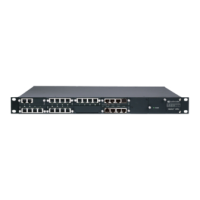
